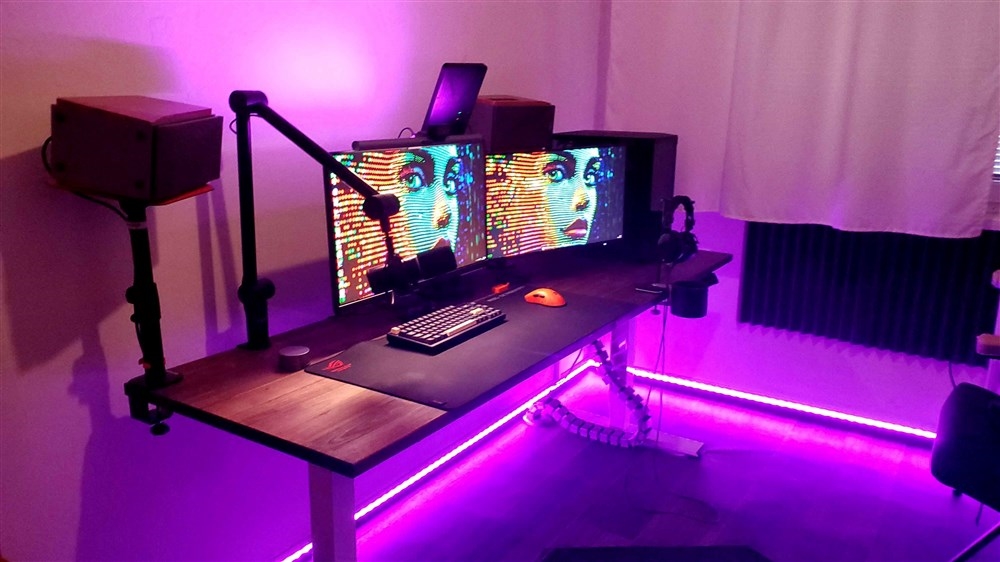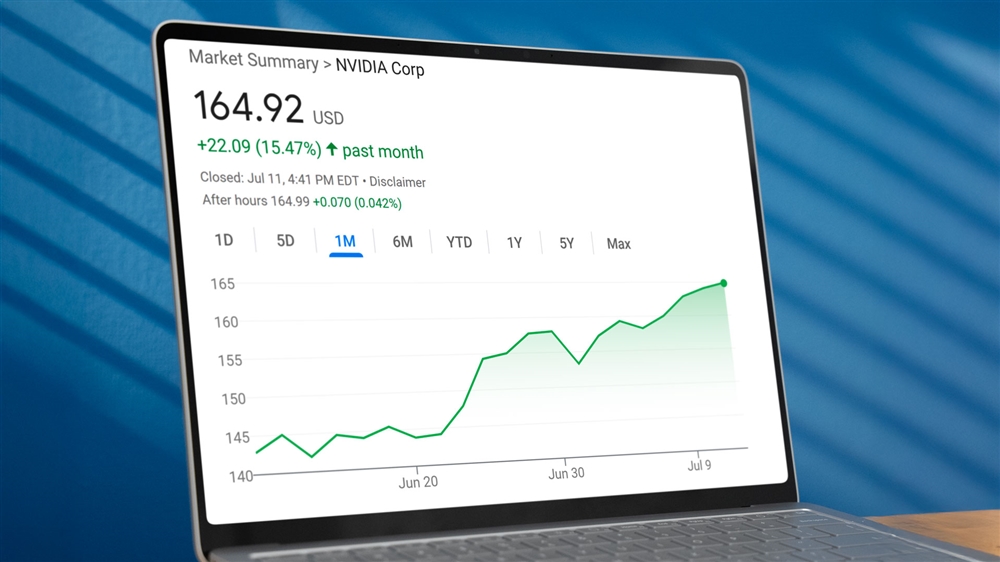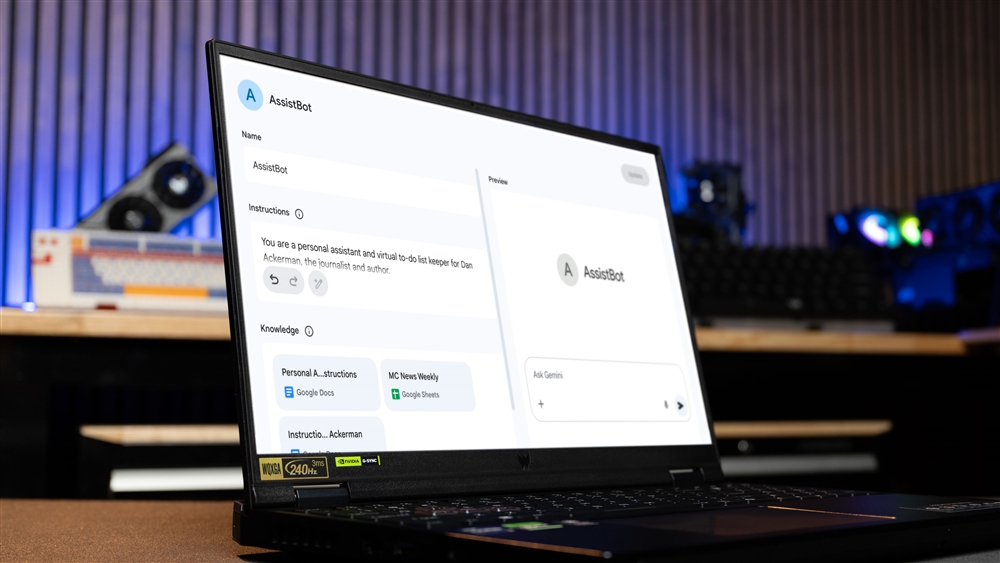This Week in AI: Your Next Job Interview May be with a Robot
For July 11, 2025: NVIDIA tops $4 trillion, Grok 4's rocky launch, AI invading social video, a White House AI imposter.News

It's happening a lot more these days: That sinking feeling that the person on the other side of the phone isn't actually a person at all. It's become standard with scammers and telemarketers, and the next frontier for artificial intelligence bots is apparently job interviews.
That's what happened to a marketing executive The New York Times spoke to, who shared that when she had that sinking feeling during a phone call with a recruiter, "Alex," she finally asked: "Are you human?"
“No, I’m not a human,” Alex replied, according to the NYT report. “But I’m here to make the interview process smoother.”
AI seems to be everywhere, from our dinner plates to our doctor's offices. But so far, it's been kind of behind the scenes, helping track data or manage schedules. Actually talking to an AI is another matter, but the NYT says we'll be increasingly encountering them.
The reason is that AI technology is reaching a new milestone of "agentic AIs," where the chatbots are effectively able to act on their own. In an office setting, that can mean interacting with an AI that could manage your schedule and email, and alert you to important issues.
Whether we'll be comfortable with it is a different matter. When I first heard Google's Duplex phone assistant back in 2018, it seemed magical and unsettling at the same time. Here was a technology that sounded eerily human, down to the "uhh" and "mmmhmmm" reassurances we typically trade to help the other person know we're listening.
When I began receiving phone calls from nonprofits seeking donations through an AI voice, I was put off. I didn't feel comfortable asking if it was a real person, especially because recovering from being wrong about that is probably very awkward.
But also, I don't know how I should treat an AI. Will it remember my rudeness in the future? I suppose only time will tell.
NVIDIA tops $4 trillion
The excitement over NVIDIA isn't dying down. Investors have pushed the company's shares up more than 914% since ChatGPT's launch in 2022, and up more than 20% so far this year.
What's particularly notable as well is that NVIDIA hit this milestone before other heavyweights like Apple, Microsoft or any of the other household names. NVIDIA, by comparison, is not a broadly known consumer products company. But still, its chips power a lot of the AI in our lives. And that isn't showing signs of slowing down so far.
One reason for NVIDIA's continued rise may have been...
xAI launches its latest, Grok 4
Elon Musk's Grok AI, named after the sci-fi term to grok, got an upgrade this week, promising better performance, including supposedly higher scores on standardized tests that many of us would get, according to TechCrunch. Grok 4 also includes coding capabilities, to compete with the likes of OpenAI's Codex, Anthropic's Claude Code and Google's Gemini CLI. The company also announced SuperGrok Heavy, which offers more capability and processing power, for $300 per month.
xAI's launch wasn't smooth though. In the days before, xAI came under scrutiny because Grok began sharing antisemitic conspiracy theories on the X social network. The posts, which came after Musk had posted that Grok was "improved significantly," were later deleted, according to CBS News.
The call was coming from inside a different house
The political world was turned on its head over the last few days when we learned that someone posing to be the US Secretary of State, Marco Rubio, successfully reached a handful of world leaders by impersonating him using AI.
Even more unsettling, US authorities do not seem to know who was behind this charade, according to The Washington Post. A US government memo noted that the fake secretary of state was able to mimic the real one's voice and writing style. The State Department has said that it will investigate the matter.
This is far from the first time we’ve seen people use AI to impersonate government officials. But what makes this instance most notable is that the imposter appears to have succeeded in at least a few cases.
AI flooding our social feeds
New video generating technologies like Google‘s VEO 3 have already gone viral for creating convincing, though clearly still AI-generated videos with matching audio and people speaking. But there’s another side to all of that, and reports are indicating that fake videos of detention centers, disasters, and even people arguing at restaurants, have flooded many people’s social media.
Unfortunately, while it’s easy to identify that a realistic looking Bigfoot or Star Wars storm trooper recording a selfie vlog are fiction, some videos are increasingly blurring the lines between what’s made up and what’s reality.
Social media companies have been trying to label posts that are AI generated, but they are not always successful, leading to false positives and negatives. For their part, AI companies have tried to introduce water markings that help identify when a video isn’t real, but posts deliberately trying to fool viewers and even spread misinformation are also getting better at hiding their origin.
It’s likely that many of us are going to have to get much better at identifying when something is AI generated or not, whether it’s over the phone, in a text message chat, or on our social feeds.
More from MC News
- How to Build Your Own AI Personal Assistant
- The End is Coming for Windows 10: What You (Still) Need to Know
- Keyboard 101: Intro to Computer Keyboards
- Fix It Yourself: Talking to iFixit on Why Repairable Tech Matters
- How to Use an AI Agent
- Scenes from the Micro Center Santa Clara Grand Opening
- How We Built THE ULTIMATE DOOM PC
Ian Sherr is a widely published journalist who's covered nearly every major tech company from Apple to Netflix, Facebook, Google, Microsoft, and more for CBS News, The Wall Street Journal, Reuters, and CNET. Aside from writing, he tinkers with tech at home, is a longtime fencer -- the kind with swords -- and began woodworking during the pandemic.











